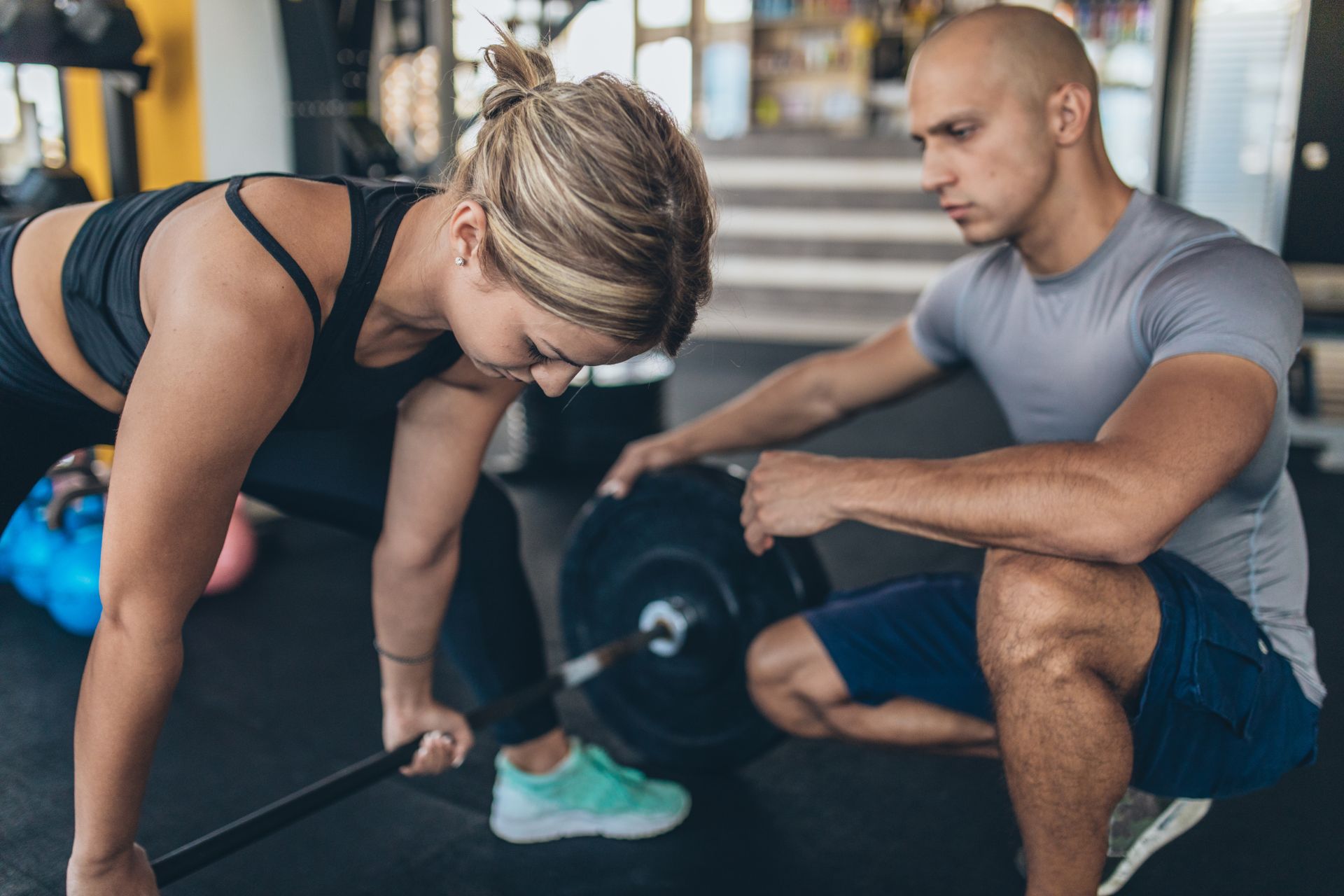Frequently Asked Questions
The ideal grip width for the bench press to maximize muscle engagement typically falls within the range of shoulder-width to slightly wider than shoulder-width, approximately 1.5 to 2 times the width of the shoulders. This grip width allows for optimal activation of the pectoral muscles, triceps, and deltoids, facilitating a balanced distribution of force throughout the upper body. A narrower grip tends to emphasize the triceps and inner chest, while a wider grip can increase the engagement of the outer pectorals and shoulders, potentially leading to greater hypertrophy. Additionally, maintaining proper wrist alignment and elbow positioning during the lift is crucial for preventing injury and ensuring effective muscle recruitment. Variations in grip width can also influence the biomechanics of the lift, affecting the range of motion and overall stability, which are essential for maximizing strength gains and muscle development in the bench press.
During the bench press, optimal stability is achieved by positioning the feet firmly flat on the ground, ensuring a solid base of support that enhances overall balance and power transfer. The feet should be shoulder-width apart, allowing for a stable stance that minimizes any lateral movement during the lift. This alignment not only aids in maintaining proper body mechanics but also engages the lower body, particularly the quadriceps and glutes, which contribute to a more effective force generation throughout the pressing motion. Additionally, keeping the feet planted helps to stabilize the pelvis and lower back, reducing the risk of injury and promoting a more controlled and powerful lift. Proper foot positioning is crucial for maximizing performance and ensuring safety during heavy lifts in the bench press.
The correct bar path during the bench press is crucial for preventing shoulder injuries and ensuring optimal performance. It is essential for the lifter to maintain a natural, arched back position while keeping the shoulder blades retracted and depressed throughout the movement. The bar should descend in a controlled manner, ideally following a slight diagonal line from above the shoulders to the mid-chest area, rather than dropping straight down. This path minimizes excessive shoulder flexion and external rotation, which can lead to impingement or strain on the rotator cuff muscles. Additionally, the elbows should remain tucked at approximately a 45-degree angle relative to the torso, reducing stress on the shoulder joints and promoting better stability. By adhering to this biomechanically sound bar trajectory, lifters can enhance their strength training while significantly lowering the risk of shoulder injuries associated with improper form.
To adjust bench press form for clients with limited shoulder mobility, it is essential to prioritize proper alignment and stability throughout the movement. Utilizing a wider grip on the barbell can help reduce shoulder strain and accommodate restricted range of motion, while ensuring that the elbows remain at a 45-degree angle relative to the torso can further alleviate stress on the shoulder joints. Incorporating a neutral grip with dumbbells may also enhance comfort and promote a more natural movement pattern, allowing for better scapular retraction and protraction. Additionally, employing a bench with an adjustable incline can facilitate a more favorable position for clients, minimizing discomfort and maximizing muscle engagement in the pectorals and triceps. Implementing dynamic warm-up exercises that focus on shoulder mobility, such as band pull-aparts and wall slides, can also prepare the shoulder girdle for the demands of the bench press, ultimately leading to improved performance and reduced risk of injury.
Clients should utilize specific breathing techniques during the bench press to enhance performance and optimize strength output. A common method is the Valsalva maneuver, where individuals take a deep diaphragmatic breath, filling the lungs to maximum capacity, and then hold the breath while lowering the barbell. This technique increases intra-abdominal pressure, providing greater spinal stability and core engagement, which is crucial for maintaining proper form and preventing injury. As the barbell is pressed upward, clients should exhale forcefully, releasing the breath to aid in the exertion phase, thereby improving power and explosiveness. Additionally, synchronizing breath with movement can enhance focus and mental clarity, allowing for better muscle recruitment and overall efficiency during the lift. Implementing these breathing strategies can lead to improved performance metrics, such as increased weight lifted and enhanced endurance throughout the set.

